The advantage of superphosphate over other fertilizers is versatility. It is suitable for all crops and contains the necessary set of nutrients. There are several species that differ in the presence of sulfur, magnesium and calcium in the composition. These trace elements are vital for all plants for normal development and growth, and in the future - to obtain a quality crop. They help improve metabolism, increase yield, have a positive effect on the root system and flowering.
Lack of phosphorus can adversely affect the plant. This is easy to notice in appearance, the leaves and stems in this case acquire a blue or purple hue, after which they fall off, the plant growth stops.
Content
Fertilizer composition
Superphosphate is a phosphorus mineral fertilizer, the main substance of which is phosphorus, more precisely, its oxide, which dissolves in water, therefore it is convenient for use. The amount of phosphorus in the composition can vary from 20 to 50%.
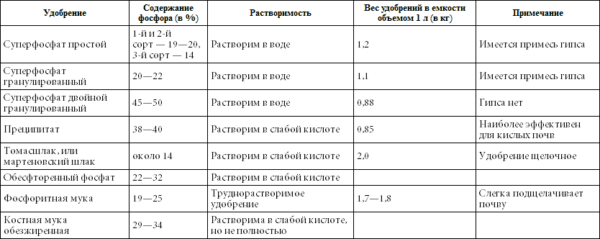
Simple superphosphate consists of:
- sulfur (about 10%);
- magnesium (0.5%);
- calcium (8-12%).
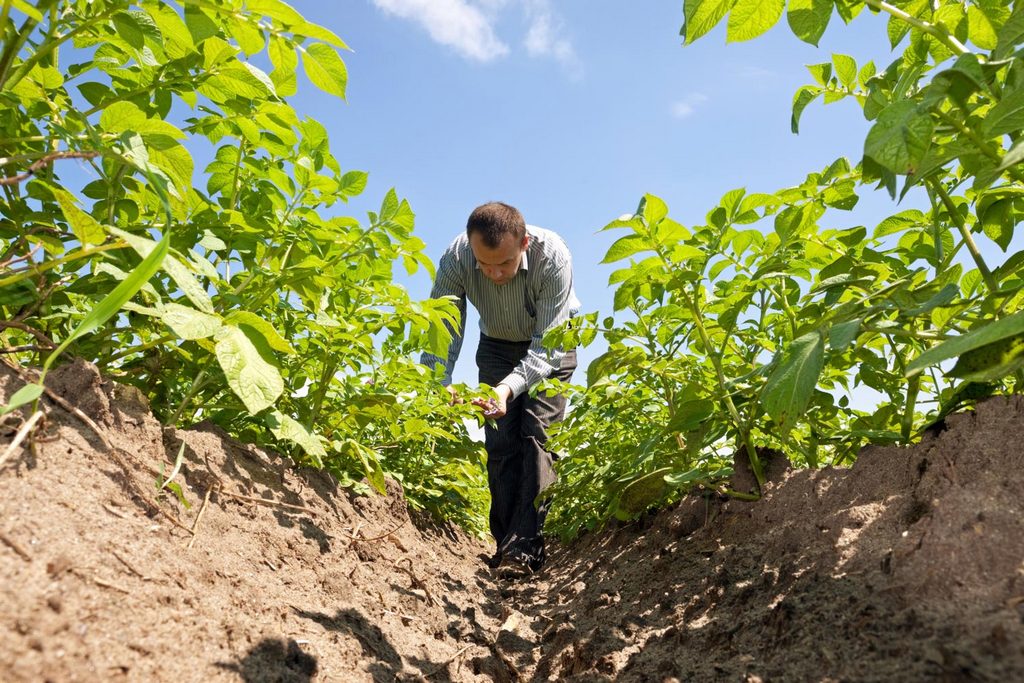 You may be interested in:
You may be interested in:Well suited as fertilizer for vegetables such as:
- potatoes;
- turnip;
- carrot;
- radish;
- beet;
- bulbous.
It is of two types - granular and powder, so it is suitable for any soil. It is used to accelerate the growth and development of plants in need of sulfur consumption.
Types of Superphosphate
Gardeners can choose the right fertilizer from several types of superphosphate. They differ in production technology and are selected depending on the method of application and the type of soil on which they will be used.
- Monophosphate. It is a white powder containing 25% phosphorus oxide. It is practically insoluble in water, compared with other species it has low efficiency. Its advantages are its affordable price and long shelf life without changing properties.
- Double superphosphate. It is rich in phosphorus (about 45%) compared with other species. The remaining trace elements (calcium sulfate, monomagnesium phosphate and phosphate of iron and aluminum) are present to a lesser extent. By useful properties and method of application, it is similar to the usual one.
- Granulated. Has a longer action. Consists of 50% phosphorus and 30% calcium sulfate. It differs from monophosphate in that it undergoes a special treatment, after which the amount of phosphorus in the composition increases. Improves the quality of land composition.
- Ammoniated. Consists of 55% potassium sulfate and 12% sulfur. Designed mainly for crops that need sulfur content, such as Pancake week. Ammonized is highly soluble in water and does not require special skills for use on the site.
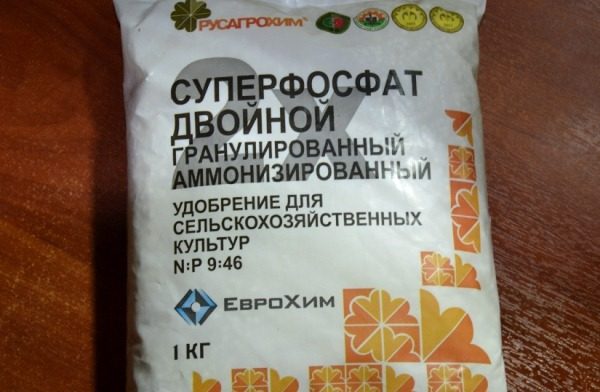
Cooking dressing
Many gardeners do not know how much superphosphate in 1 tablespoon. and therefore, they may not correctly calculate the right amount. Granular in 1 tbsp. contains 15-17 g, powder about - 18 g.
How to dissolve quickly
Superphosphate it is better absorbed in liquid form, penetrating the root system. But dissolving it in water is not as easy as it seems at first glance. To do this, take 3 liters of boiling water and dilute 20 tbsp. granules, then put in a warm place, while constantly stirring. After a day, the fertilizer will completely dissolve. Its appearance will resemble fresh cow's milk. Additionally, you need to prepare a nutrient mixture. To do this, dilute 150 ml of the base mixture in 10 l of water. Add 20 ml of nitrogen mixture and 500 ml of wood ash to the solution.
It is necessary to water the vegetables with the prepared mixture. Nitrogen is well absorbed by plants, phosphorus provides nutrition for a long time. Such top dressing is an excellent option for both vegetables and flowers, and for trees and shrubs.
Proper dosage
The amount of superphosphate is calculated per 1 square meter and depends on the crop that is fertilized and on the type of soil. For seedlings or greens, the best option would be 40 g of fertilizer, and root crops would be enough for 20 g. To feed the potatoes, you need to make 4 g in 1 hole. Vegetables in the greenhouse require more nutrients, so it will take about 80 g.
Superphosphate Application
Superphosphate is an excellent fertilizer for use in your garden. It is suitable for absolutely any crop and any kind of soil. But before applying it on acidic soils, they must first be deoxidized with ash or lime. To do this, for 1 square meter, you need to make 200 g of ash or 500 g of lime. Phosphorus can be used no earlier than a month after that.
Fruit trees
Replace organics in the garden can phosphorus-potassium fertilizers. Before using them, you should definitely moisten the soil or apply during cultivation. You can water the planting and make after that, for one tree, 35 g is enough, and for the berry bush you need 2 tbsp. l granules to be applied to a depth of 10 cm.
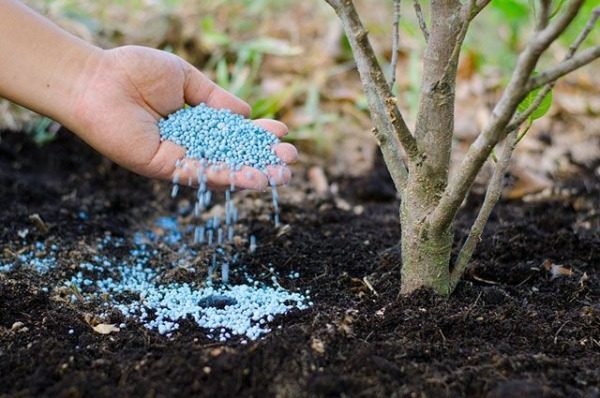
Tomatoes and Potatoes
It is better to fertilize potatoes in the spring, pouring 3-4 g of granule directly into each well. Using it, it is easy to calculate the dosage needed for each root crop. If you need to fertilize with the help of superphosphate the entire area for planting potatoes, then for 1 square meter you need to take 20 g of the chemical.
For tomatoes on one bush, it is recommended to take 20 g of fertilizer. It is best applied at the root growth level. Since most of the phosphorus is used precisely for the qualitative formation and formation of fruits, it is worthwhile to carry out one more top dressing during the flowering period of nightshade.
Cucumbers
This culture especially needs increased feeding with phosphorus, so you have to feed at least 4 times per season. But it is better to use superphosphate only the first two times. For feeding for the first time, you need to dilute 60 g of superphosphate in 10 l of water. Water the plants with prepared water, 400 ml each.
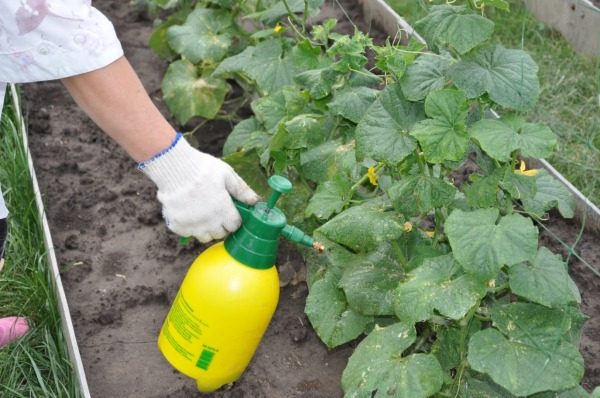
For the second time mix:
- 10 l of water;
- 20 g of ammonia and potassium nitrate;
- 40 g of superphosphate.
Garlic
15 days before planting in the ground, you can feed garlic with superphosphate. It is recommended to mix it with potash fertilizer. To prepare a solution for 10 l of humus, take 20 g of superphosphate, 30 g of potassium sulfate and 0.5 kg of ash, combine all the components and mix thoroughly.
Topping tomato seedlings
If you need to use superphosphate for seedlings, then when choosing it is better to give preference to double granular, since the usual one is better absorbed compared to it. After the picking has been made, it is possible to use a solution with fertilizer for tomatoes no earlier than 2 weeks later. To do this, pour water into a 10 liter bucket and mix 2 tbsp. potassium sulfate, 1.5 tbsp. double superphosphate, 2 tbsp. ammonium nitrate.
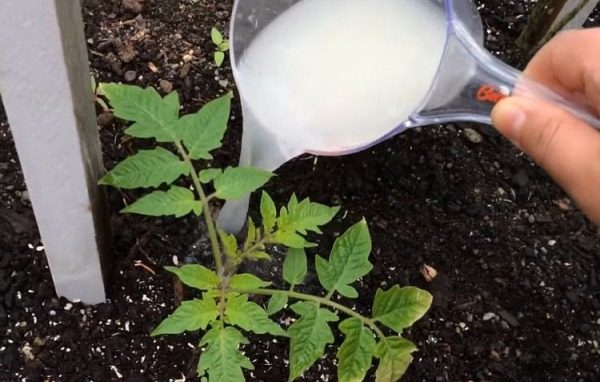
You need to re-feed 2 weeks after the first treatment. The third time - a week before planting tomatoes in the ground. Pour 1 tablespoon into a 10 liter bucket of water. double superphosphate and 3 tbsp. potassium sulfate.
Strawberry
Many gardeners when planting strawberries use organics along with phosphorus to increase the growth of young bushes. The first top dressing is done in the spring. For 1 square meter of land you need to prepare a mixture of 5 kg of compost or manure, 60 g of superphosphate and 15 g of calcium salt. The second time you need to feed in the autumn with a solution of 10 l of water, 1 kg of humus, compost, 35 g of superphosphate and 300 g of ash.
Grape
The substrate on which the vine grows should be enriched with phosphorus fertilizer every 2-3 years. It contributes to the development of grape buds and increases sugar content. Granular fertilizer is best applied in the autumn, combining it with potash supplements that help the plant to winter better. You need to take 55 g of granules each per square meter and fall asleep to a depth of 45 cm.
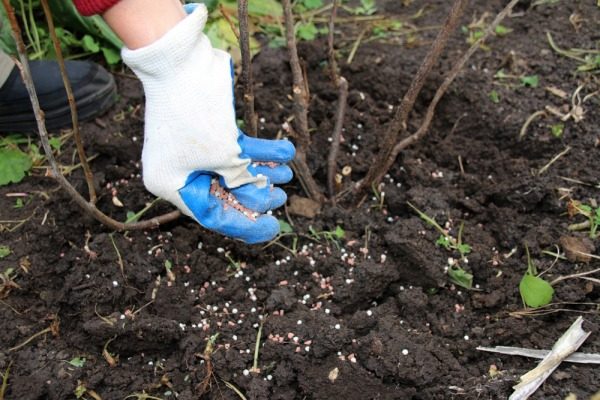
Roses
Moody flowers need mineral fertilizing, but usually in the composition of fertilizers, which contain a complex of useful elements, includes a large amount of nitrogen, which these flowers do not need. Phosphorus is involved in the ripening of buds. Its action is not aimed at the formation of new branches, namely the flowers themselves. It is necessary to pour roses with fertilizer in the autumn, with a solution of 30 g of double superphosphate, 10 g of potassium sulfate and 10 l of water.
 You may be interested in:
You may be interested in:Corn and sunflower
These crops need to be fertilized right before planting. Do it in this order:
- Superphosphate.
- Layer of soil.
- Straw.
- Dry leaves.
- Seeds
Potash and phosphorus fertilizers increase the winter hardiness of lilies, so it is better to use them in the fall. To prepare the mixture in a 10 liter bucket of water add 2 tbsp. l superphosphate and 1.5 tbsp. l Kalimagnesia.
Lawn
To protect the lawn from sudden yellowing, you need to carefully look after it, cut it in time and add additional mineral top dressing to the care. In the autumn period, granules in a ratio of 60 g per 1 square meter are suitable for this purpose.
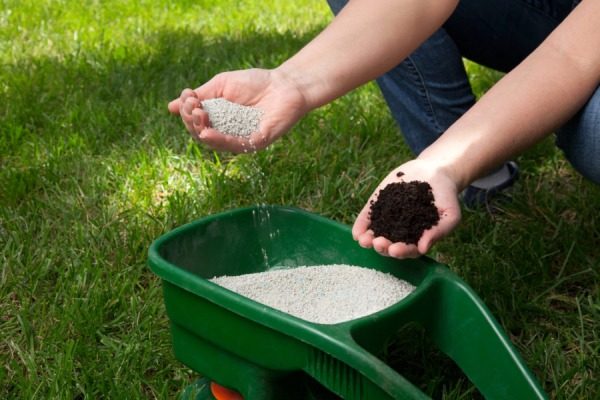
Indoor Flowers
For home flowers, dressing is suitable regardless of the season. Fertilizer strengthens and nourishes the roots, improves the decorative look. It is especially important to treat a flowering plant to extend the flowering time. In order to prepare the mixture, you need:
- 12 g of ammonium nitrate;
- 3 g of potassium salt;
- 10 l of water;
- 5 g of double superphosphate.
Combine all components and mix thoroughly, after which the resulting solution needs to be watered.
What soil to use
Phosphorus can be used on any soil, but you need to adhere to the recommendations so that it is beneficial to the plants, and not harm. It works best on neutral and alkaline soils. It is better to acidify the acid before planting with ash or lime, and a month after processing, use superphosphate.
Signs of phosphorus deficiency
Phosphorus is necessary for the normal growth of plants. Not a single plant can do without phosphorus; it helps the microelements to be absorbed into the root system, but it is not common in nature. Its deficiency negatively affects the plant and the following problems may appear:
- yellowing of the leaves or the acquisition of a green or blue hue;
- the formation of a purple tint on the inside of the sheet;
- darkening of the root of the root crop.
It is possible to get rid of such signs or prevent their appearance if granules with phosphorus are introduced into the soil on time.
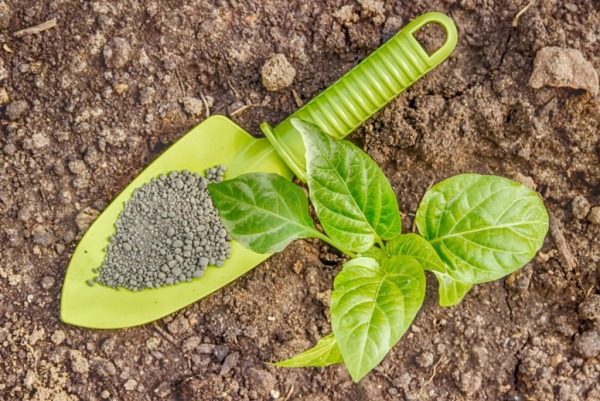
Fertilizer application methods
It is recommended that most of the fertilizer should be applied when digging the soil, as a rule, this occurs in spring or autumn. There are several ways to do this:
- when planting vegetables add to the holes themselves or pits. But for this it is better to purchase granular superphosphate;
- add to the compost pit;
- water the plant with a prepared solution.
Another way is to sprinkle fertilizer on the ground before planting and pour water on top. In any version, superphosphate is perfectly absorbed and will bring results.
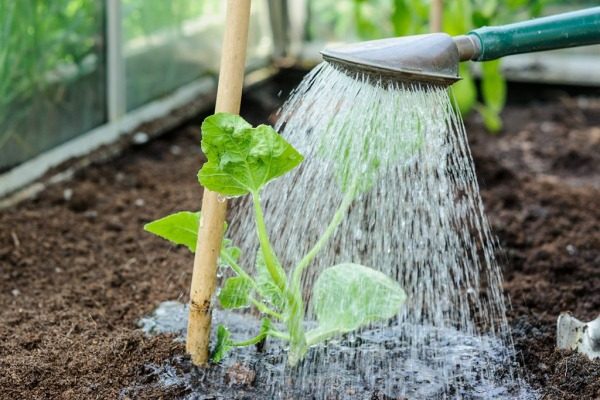
Reviews
Natalya Alexandrovna, Nizhny Novgorod
I have been using double superphosphate in my garden for many years. Suitable for almost all crops, the result is an excellent harvest. Easy to breed and combine with other chemicals.
Alexander Danilovich, Moscow region
For the past 5 years I have been using superphosphate in my garden. I see many advantages in its use, no need to spend money on a large number of fertilizers. Superphosphate contains a whole complex of necessary substances.
Marina Vladimirovna, St. Petersburg
Superphosphate is a favorite fertilizer for gardening. I tried granular, double, monophosphate, I was satisfied with everyone. It is easy to breed and apply, no need to bother, everything is clearly written in the instructions. Also suitable for indoor flowers, so I use it all year round.
Superphosphate has a rich composition, which contains the mineral elements for any plant in the right amount. It is especially important to use top dressing in those places where the same culture has been growing for several years. The land is depleted, an insufficient amount of nutrients comes to the roots, which ultimately negatively affects the crop. Superphosphate is easy to find on sale. Gardeners give it preference because of the low price, good quality and visible result from use.

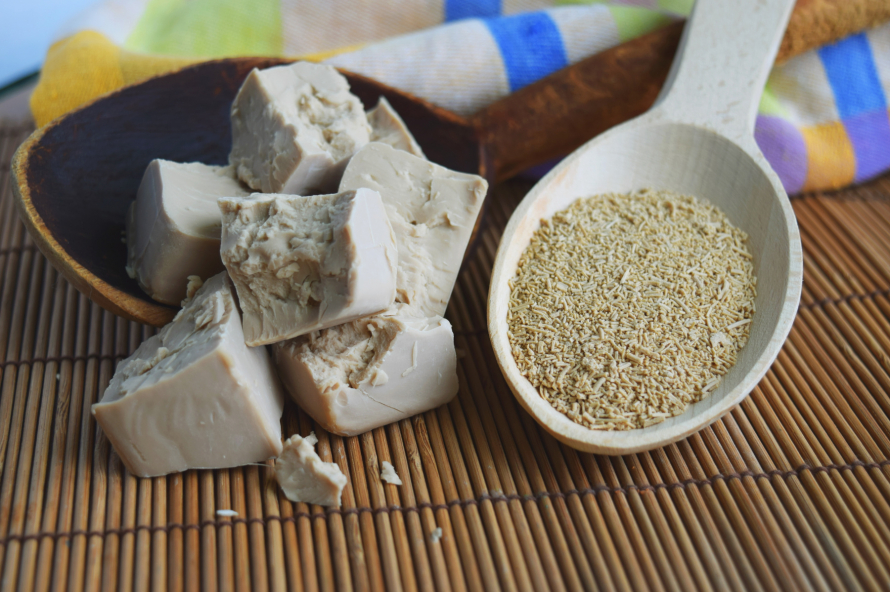
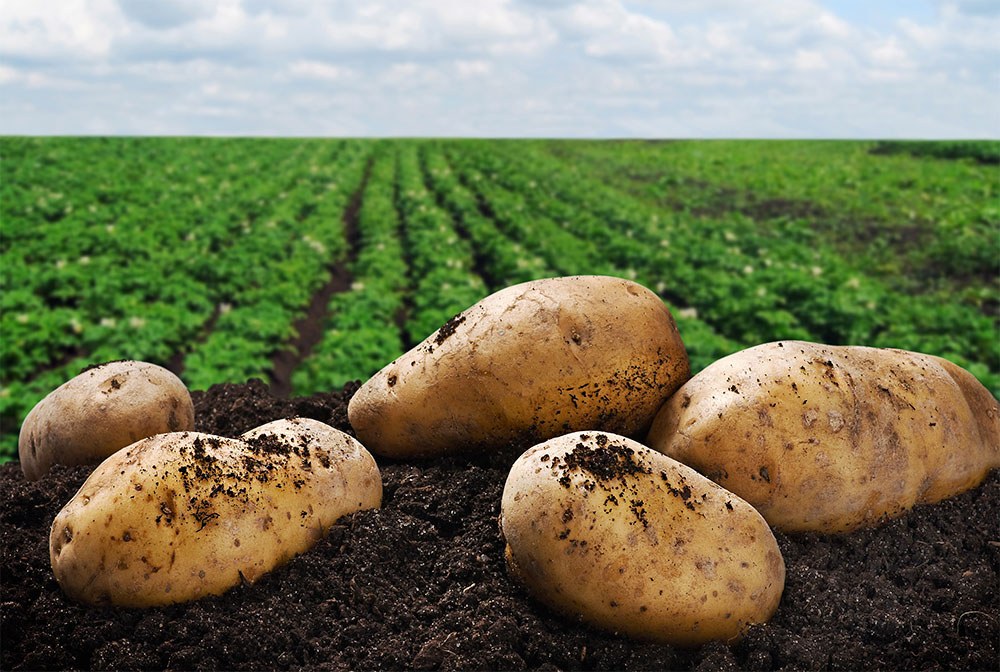
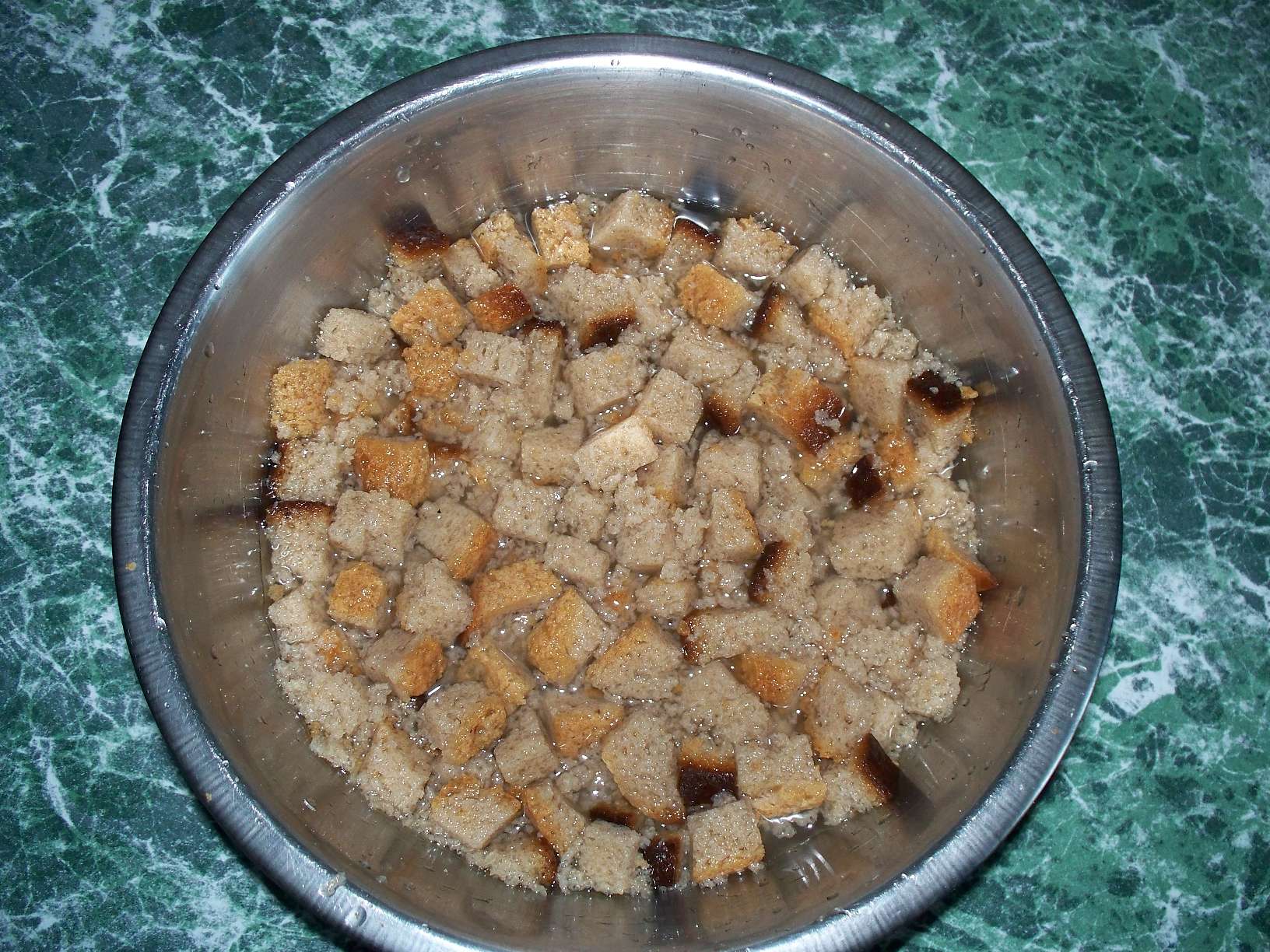
 Superphosphate: what is it and how to apply it
Superphosphate: what is it and how to apply it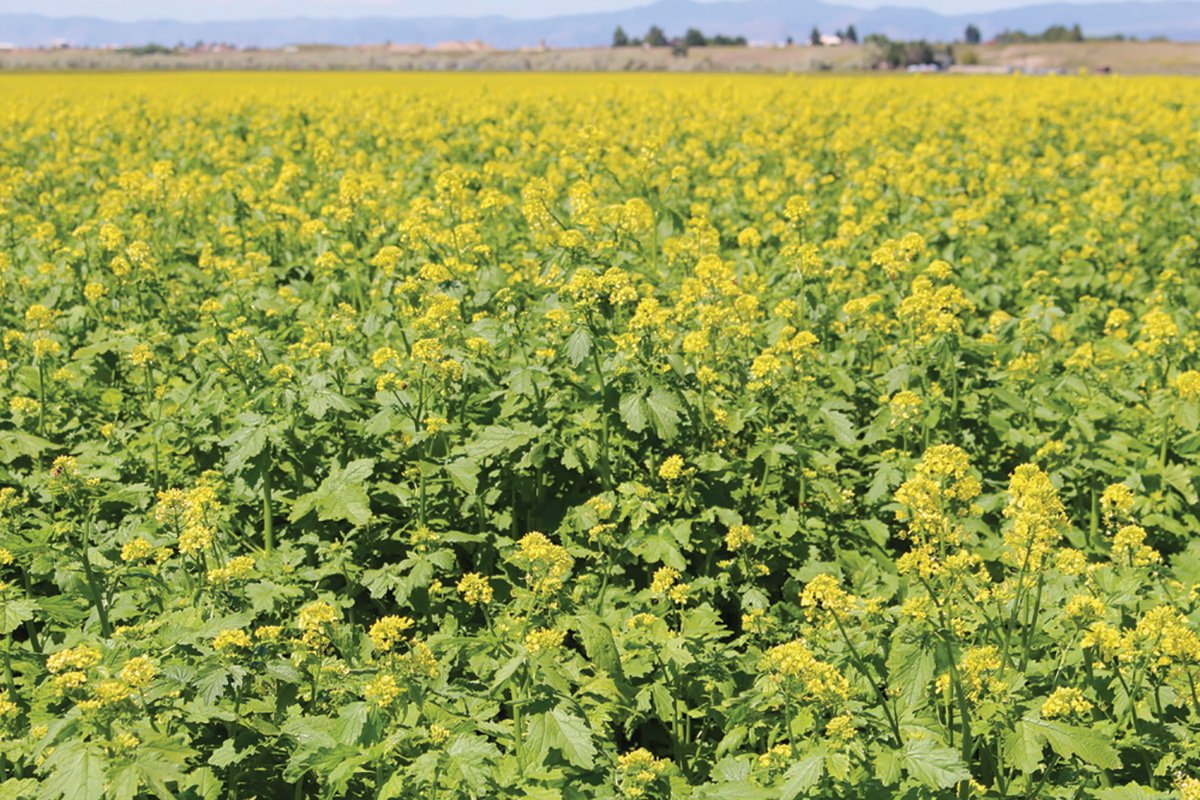 What problems can be expected from siderats?
What problems can be expected from siderats?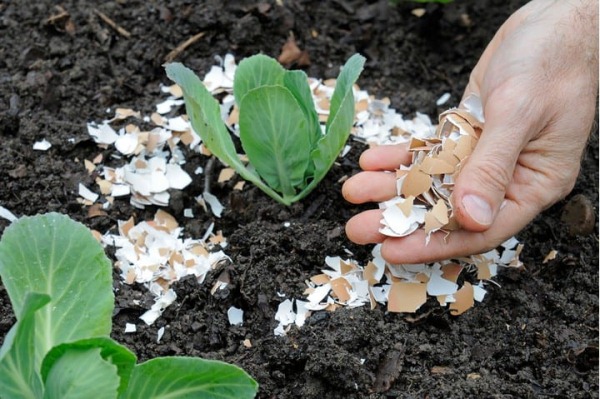 Secrets of the collection, storage and use of eggshells in the garden
Secrets of the collection, storage and use of eggshells in the garden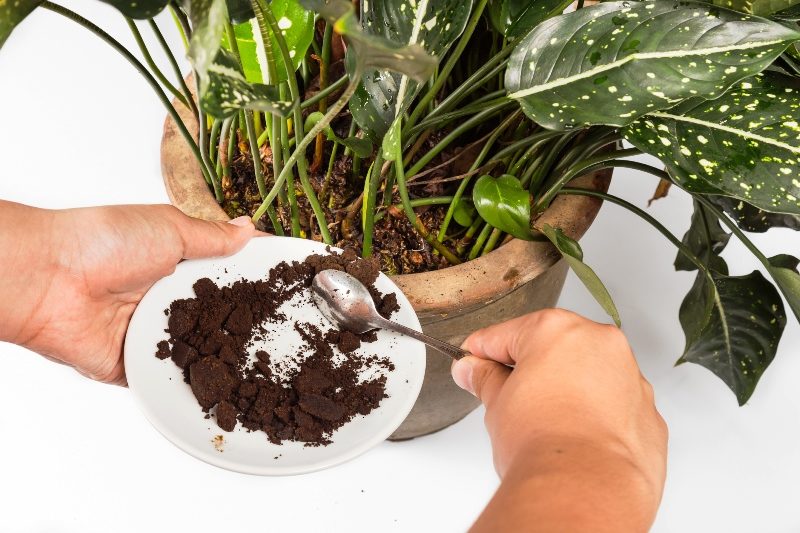 The most popular top dressing for indoor plants
The most popular top dressing for indoor plants